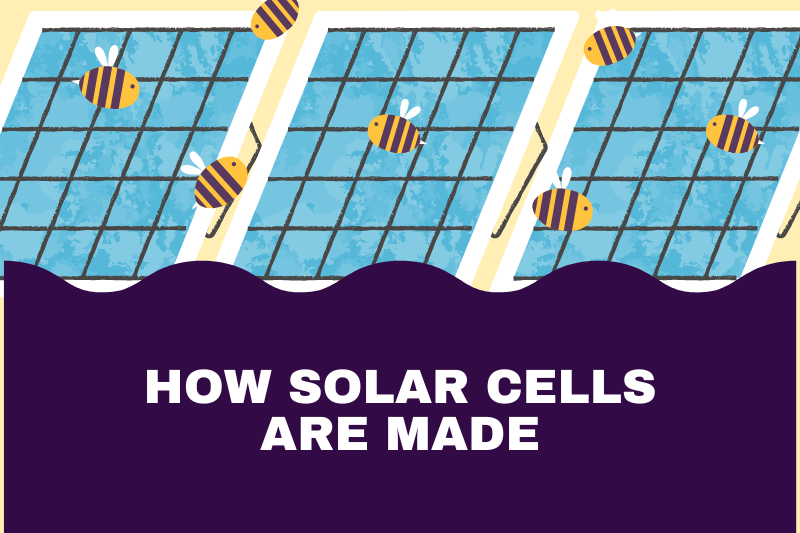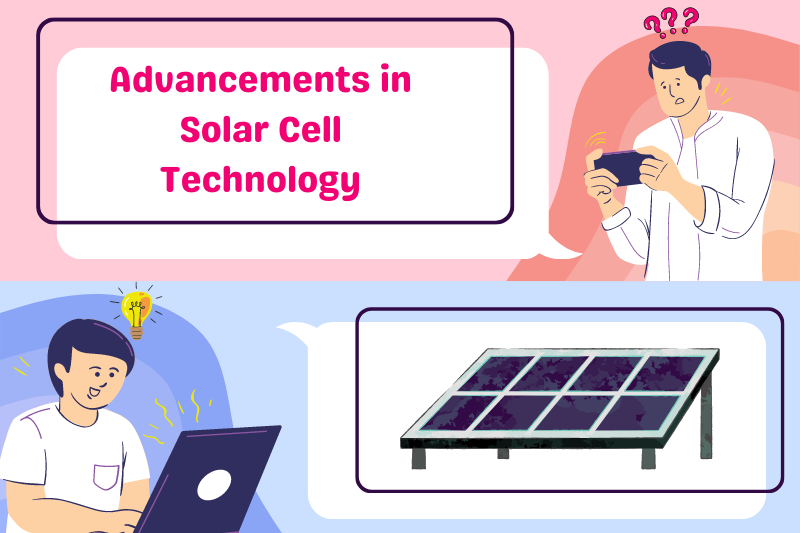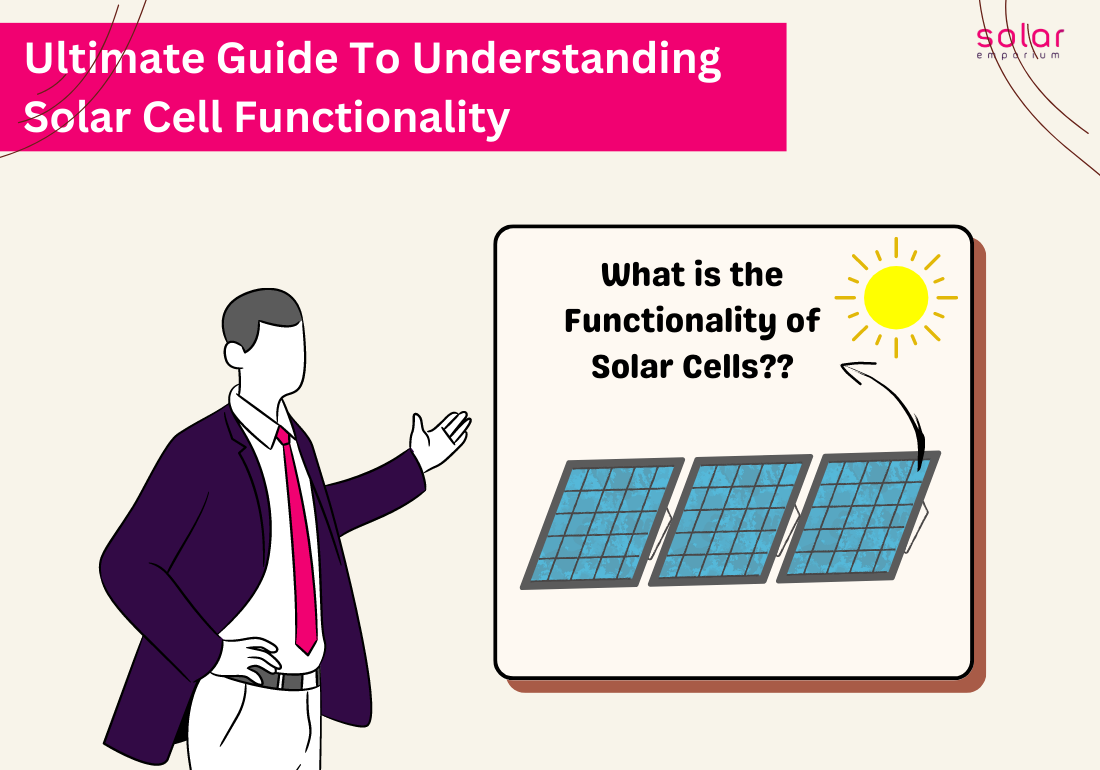Utilizing the sun’s power has been humanity’s dream for centuries. With the development of solar cells, this dream is now a reality. But how do these incredible devices work? This ultimate guide will delve into the fascinating world of solar cell functionality.
And while the people of Australia are enjoying the utmost solar production, some are still curious about its functionality. Thus, this ultimate guide to understanding solar cell functionality will erase all the confusion.
So What is A Solar Cell?
A solar cell is also known as a photovoltaic cell. This device directly transforms light energy into electrical energy via the photovoltaic effect. Most solar cells are made from silicon. These silicon-based solar cells increase efficiency and decrease cost.
The materials vary from non-crystalline, polycrystalline, and crystalline (single crystal) silicon forms.
Unlike batteries or fuel cells, solar cells do not rely on chemical reactions or fuel to generate electricity and do not have moving parts like electric generators.
A solar cell is a crucial component that transforms light energy into electrical energy in photovoltaic energy conversion. Typically, semiconductors serve as the material for solar cells.
The conversion process involves absorbing light (photon) energy, which generates electron-hole pairs in a semiconductor, followed by charge carrier separation. A p-n junction is commonly employed for this charge carrier separation.
Understanding the fundamental properties of semiconductors and the principles of traditional p-n junction solar cells is essential for grasping the workings of conventional solar cells and newer types of solar cells.
A thorough understanding of the p-n junction solar cell can provide insights into enhancing solar cells in terms of efficiency, production cost, energy consumption during fabrication, and more.

The fundamental physics of semiconductors is crucial for understanding the operation of p-n junction solar cells. It outlines the basic principles of p-n junction solar cells. It concludes with the concept of solar cells using nanocrystalline materials.
The fundamental phenomena are revisited because solar cells based on nanocrystalline materials are more complex than conventional p-n junction solar cells.
Understanding Solar Cells
Solar cells are the building blocks of solar panels. They convert sunlight directly into electricity. This process is based on the principles of the photovoltaic effect, discovered by French physicist Edmond Becquerel in 1839.
Solar cells can be grouped into large assemblies known as arrays. These arrays of thousands of individual cells can serve as central electric power stations. These arrays can convert sunlight into electrical energy for distribution to industrial, commercial, and residential users.
Smaller configurations of solar cells are often called solar cell panels or simply solar panels. And are installed by homeowners on their rooftops to replace their traditional electric supply.
Solar cell panels also provide electricity in many remote locations where conventional electric power sources are unavailable or too expensive to install. Check out our off-grid technology for a better understanding.
Solar cells are the power source for most space installations, from communication and weather satellites to space stations.
However, solar power is insufficient for space probes sent to the solar system’s outer planets or into interstellar space due to the diffusion of radiant energy with distance from the Sun.
Solar cells have also been incorporated into consumer products, such as electronic toys, handheld calculators, and portable radios. Solar cells in these devices can also utilize artificial light and sunlight.
While the total production of photovoltaic energy is currently small, it is expected to increase as fossil fuel resource decreases.
Projections based on the world’s anticipated energy consumption by 2030 suggest that solar panels operating at 20 percent efficiency could meet global energy demands and cover only about 496,805 square km of Earth’s surface.
The material requirements would be significant but achievable, as silicon is the second most abundant element in Earth’s crust. These factors have led proponents of solar energy to envision a future “solar economy” where virtually all of humanity’s energy needs are met by inexpensive, clean, renewable sunlight.
Components of a Solar Cell
A solar cell is constructed from two semiconductors types: p-type and n-type silicon. P-type silicon is created by combining atoms with one fewer electron in their outer energy level than silicon, such as boron or gallium.
An electron vacancy or “hole” is formed because boron has one fewer electron than is required to form bonds with the surrounding silicon atoms.
N-type silicon is created by combining atoms with one more electron in their outer level than silicon, such as phosphorus. Phosphorus has five electrons rather than four in its outer energy level.
It bonds with the silicon atoms next to it, but one electron is not involved in the bonding. It is instead free to move within the silicon structure.
A typical solar comprises a semiconductor material, usually silicon, sandwiched between two metallic contacts. The silicon is mixed to create two layers: the n-type (negative) layer, which has extra electrons, and the p-type (positive) layer, which lacks electrons.
The Structure and Functioning of Solar Cells

When sunlight hits the solar cell, the energy of the absorbed photons is transferred to the electrons in the silicon. This energy heats the electrons, enabling them to overcome the barrier between the n-type and p-type layers, creating an electric current.
Regardless of their application, be it in a central power station, a satellite, or a calculator. Solar cells share a common structure. Light penetrates the device through an optical coating or anti-reflection layer, which minimizes light loss due to reflection.
This layer effectively captures the light hitting the solar cell by facilitating its transmission to the energy-conversion layers beneath. The anti-reflection layer is usually a silicon, tantalum, or titanium oxide applied to the cell surface through spin-coating or vacuum deposition.
Beneath the anti-reflection layer are three energy-conversion layers: the top junction layer, the absorber layer (the device’s core), and the back junction layer.
Two additional electrical contact layers are required to transport the electric current to an external load and back into the cell, completing an electric circuit.
The electrical contact layer on the light-entering face of the cell is typically in a grid pattern and made of a good conductor like metal.
As metal obstructs light, the grid lines are as thin and widely spaced as possible without compromising the collection of the cell-produced current.
The back electrical contact layer, which only needs to function as an electrical contact, covers the entire rear surface of the cell structure. Since this layer also needs to be a good electrical conductor, it is always made of metal.
Given that most of the energy in sunlight and artificial light is in the visible range of electromagnetic radiation, a solar cell absorber should efficiently absorb radiation at these wavelengths.
Materials that absorb visible radiation well are known as semiconductors. Semiconductors, even in thicknesses of about one-hundredth of a centimetre or less, can absorb all incident visible light.
Since the junction-forming and contact layers are much thinner, the thickness of a solar cell is essentially that of the absorber. Examples of semiconductor materials used in solar cells include silicon, gallium arsenide, indium phosphide, and copper indium selenide.
When light hits a solar cell, electrons in the absorber layer are excited from a lower-energy “ground state” to a higher “excited state,” allowing them to move through the solid.
Without the junction-forming layers, these “free” electrons move randomly, preventing any oriented direct current. However, the addition of junction-forming layers creates a built-in electric field that generates the photovoltaic effect.
Essentially, the electric field directs the electrons to flow past the electrical contact layers into an external circuit where they can perform useful work.
The materials used for the two junction-forming layers must differ from the absorber to create the built-in electric field and carry the electric current.
Therefore, these could be different semiconductors or a metal and a semiconductor. The materials used to build the various layers of solar cells are similar to those used to produce diodes and transistors in solid-state electronics and microelectronics.
Solar cells and microelectronic devices share the same basic technology. However, in solar cell fabrication, the aim is to build a large-area device because the power produced is proportional to the illuminated area.
In contrast, microelectronics aims to construct ever-smaller electronic components to increase their density and operating speed within semiconductor chips or integrated circuits.
How Solar Cells Are Made
Silicon is the material that similarly makes transistors in microchips and solar cells. A semiconductor is a material made of silicon.
Some materials, particularly metals, allow electricity to flow easily through them, known as conductors.
Other materials, such as plastics and wood, do not allow electricity to pass through them; they are insulators.
Semiconductors, such as silicon, are neither conductors nor insulators: they do not normally conduct electricity, but we can make them do so under certain conditions.
A solar cell is a sandwich of two layers of silicon that have been specially treated to allow electricity to flow through them in a specific manner.
The Photovoltaic Effect
The photovoltaic effect is the phenomenon that occurs when light, in the form of photons, hits a material and generates an electric current. This is the fundamental principle behind the operation of solar cells.
If we connect this silicon sandwich to a torch, no current flows, and the bulb does not light up. But when we shine a light on the sandwich, something amazing happens. Light can be considered a stream of energetic “light particles” known as photons.
When photons enter, they give up their energy to the silicon atoms. The incoming energy knocks electrons out of the lower, p-type layer, causing them to jump across the barrier to the upper, n-type layer and flow around the circuit.
The more light there is, the more electrons jump to the surface, and the more current flows. This is what we mean by photovoltaic light – producing voltage—and it is one type of what scientists call the photoelectric effect.
The efficiency of Solar Cells
Advancements in Solar Cell Technology

Technological advancements are continually improving the efficiency and affordability of solar cells. From the development of thin-film solar cells to the exploration of perovskite materials, the future of solar energy is bright.
Understanding the functionality of solar cells is key to appreciating the potential of solar energy. Solar power promises to play an increasingly significant role in our sustainable energy future as we continue to innovate and improve upon this technology.







